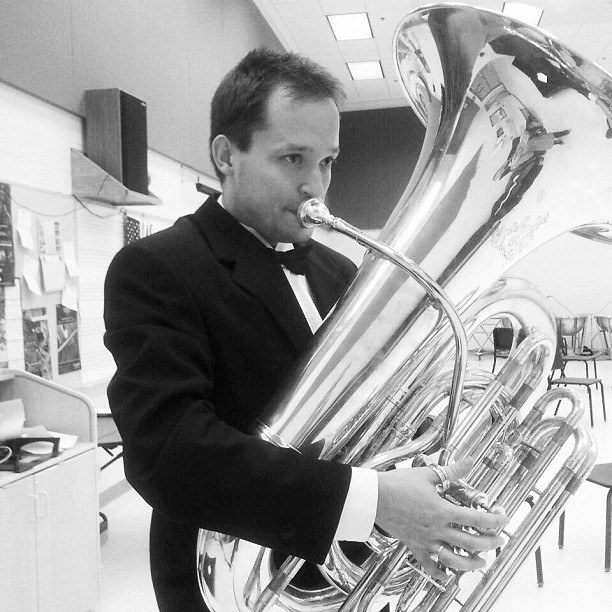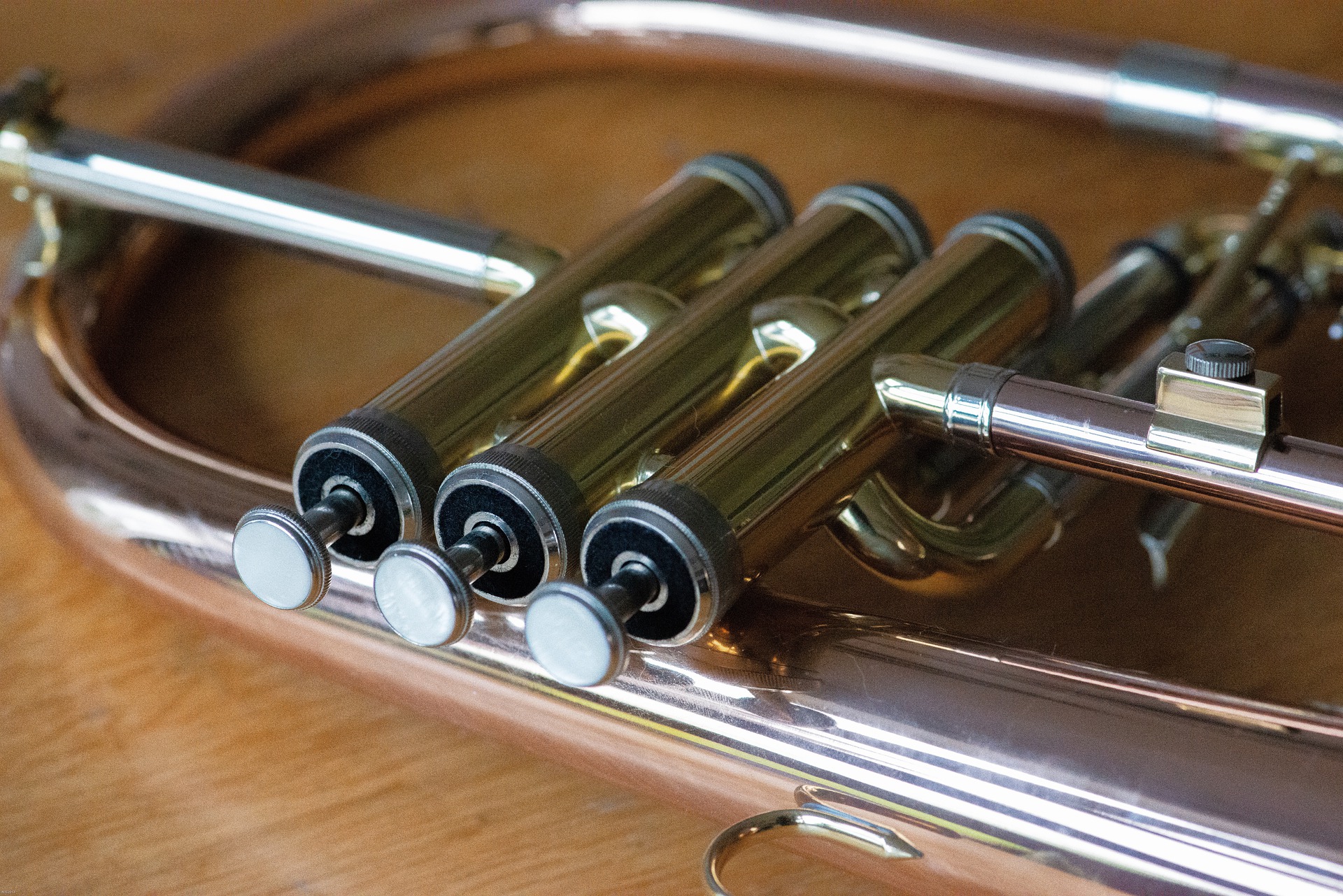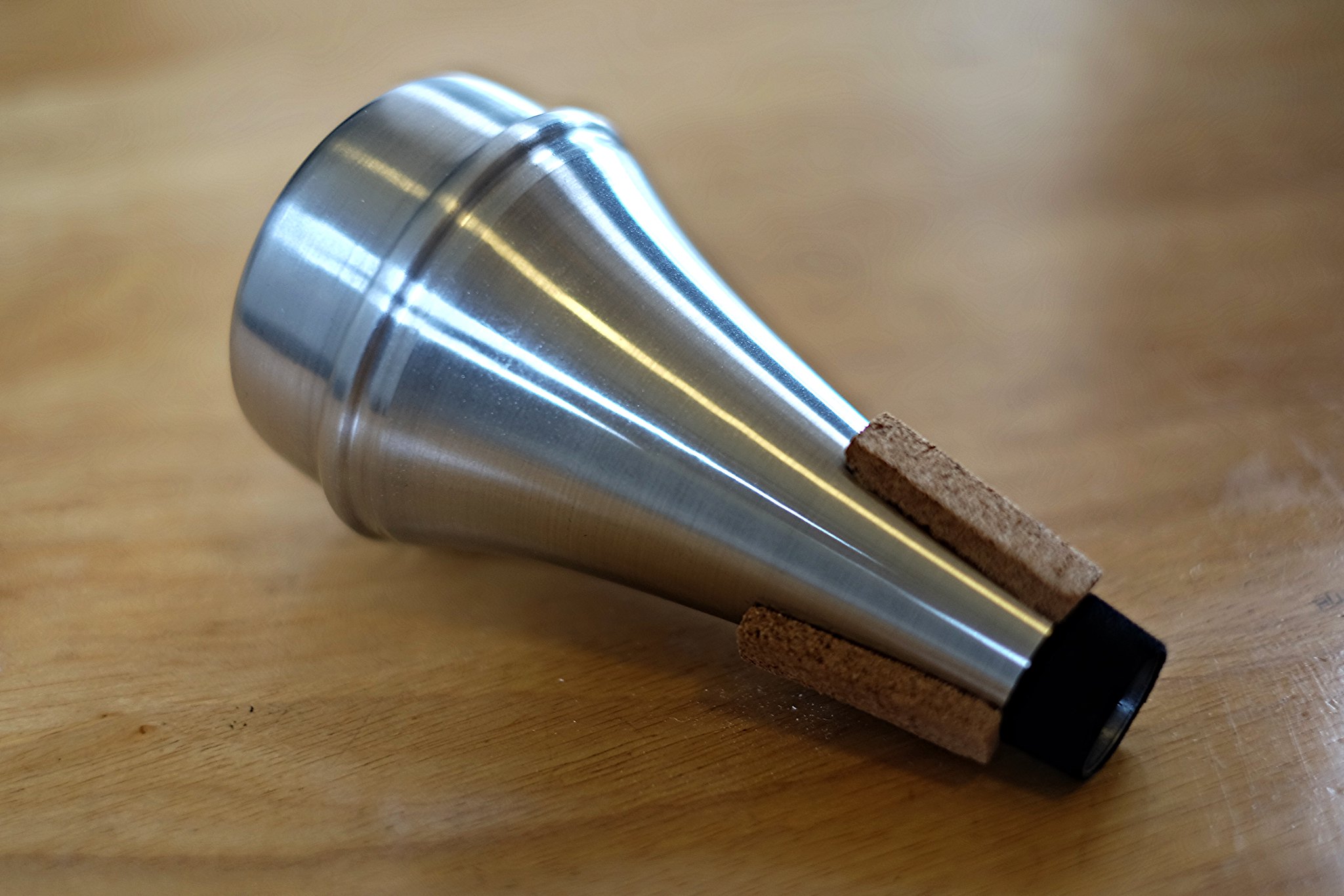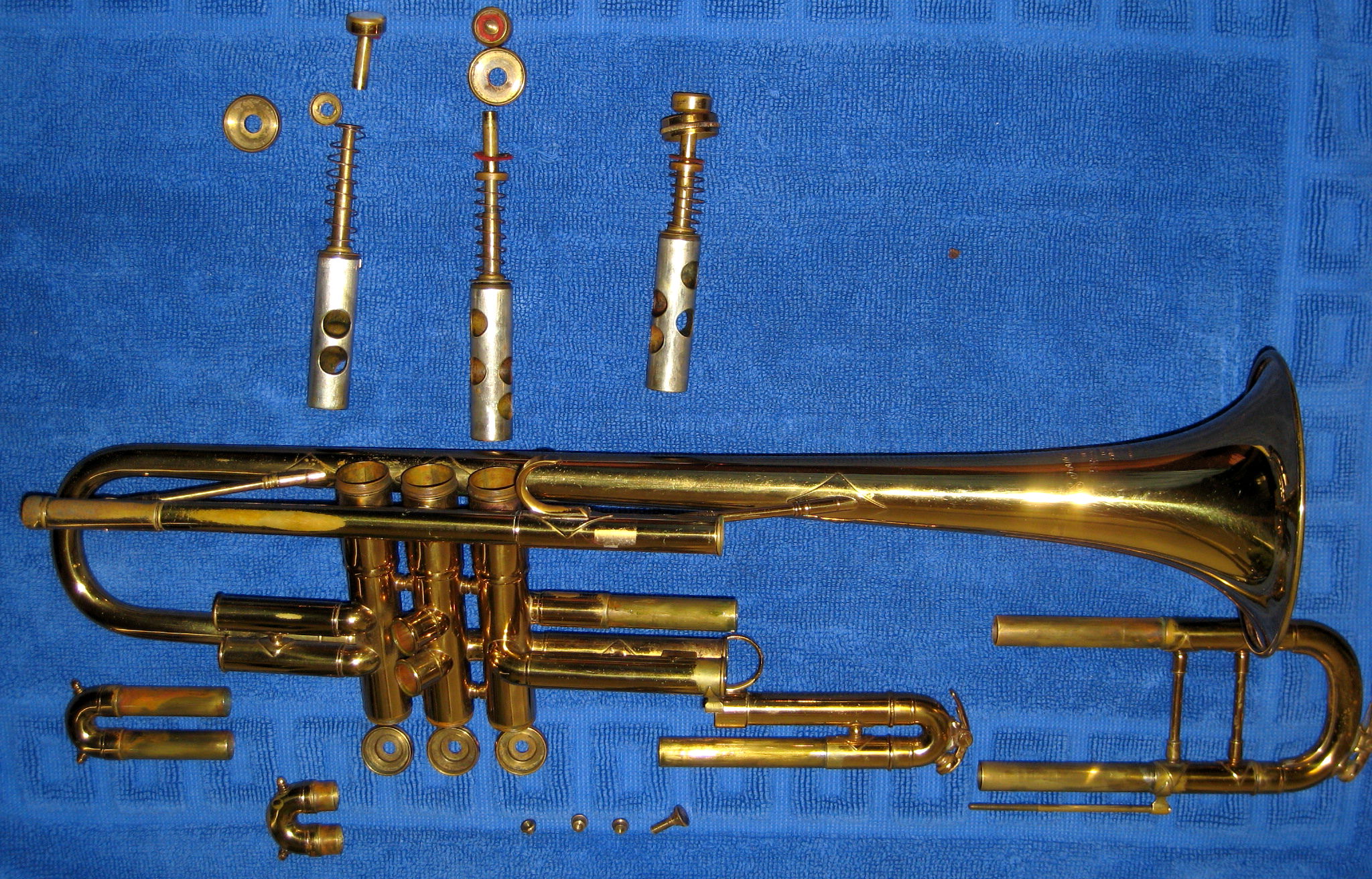Adding vibrato to your trumpet playing is all about adding color and texture to your tone.
We do this primarily by adjusting the pitch, bending it upwards and downwards, and the frequency, or speed in which we change the pitch.
If you've never heard trumpet playing with vibrato, take a listen to the portion of this video clip below which allows you to easily contrast the same passage with and without vibrato.
Am I Ready To Incorporate Vibrato Into My Playing?
The single most important thing to remember about vibrato is that adding vibrato does not fix tone quality issues.
With younger players, this is often an issue of putting the cart before the horse.
Often times beginner and early intermediate trumpet players hear a beautiful recording of a professional trumpet player, and they think, “Wow, that sounds great! I want to sound like them.”
And in doing so, they concentrate on the wrong element to improve. They hear the flash of vibrato, and hone in on that as the most viable opportunity to copy the sound they are hearing.
However, if one cannot play with a clear tone through the range of their instrument, adding vibrato actually becomes a distraction and muddies the tone even further.
Wanting to play vibrato is an excellent goal. But before you continue, take a quick honest assessment of where your playing is currently at.
Vibrato is a nice dessert after you've already eaten your vegetables!
When Should I Use Vibrato In My Trumpet Playing?
Because vibrato is essentially the manipulating of pitch, vibrato doesn't work well for ensemble passages in larger ensembles like bands and jazz bands.
When multiple trumpet players attempt vibrato simultaneously, the pitches clash with one another as the frequency and rate is not perfectly matched.
Solistic passages within large ensembles, on the other hand, are the perfect opportunities to use vibrato.
Vibrato actually helps the instrument's sound cut through the ensemble, so you'll find that you can more easily play through or over an ensemble by incorporating vibrato without needing to dramatically increase the volume of your playing.
And if you're playing a solo with or without piano accompaniment? Go for it! This is the best time to showcase your musicality as a soloist. Add vibrato liberally as long as it sounds good and fits the character of the piece.
The type of music you are playing and the historical time period in which it was written will make an impact as well. Playing Baroque music will rarely call for vibrato at all, but lyrical Romantic music is more suited for vibrato to embellish the tone.
Types Of Vibrato
There are three main types of vibrato that we can incorporate into our playing as wind instrumentalists.
Diaphragm Vibrato
Diaphragm vibrato is largely used by flute players and produces pulsations in the sound rather than a change of pitch.
Despite it's name, it's not the diaphragm but rather the abdominal muscles that control it as the diaphragm is not utilized for exhaling.
I do want to point out that there are an incredible amount of differing opinions from professional trumpet players and teachers about preferred vibrato techniques.
I can safely say that the majority of trumpet players agree that diaphragm vibrato is not the preferred method as it interrupts the steady stream of air. But some would argue and say that it too has its place in trumpet technique.
As far as the remaining primary methods, jaw and hand, it is a tossup between the two. A quick Google search will confirm this!
More importantly, if your teacher has a preference, or if you find one of the two styles to come to you more naturally, I would opt for that method.
Hand Vibrato
Hand vibrato is accomplished by gently rocking your right hand on the instrument. The net effect of this is that is slightly modifies the pressure of the mouthpiece against your lips.
Wildly applying hand vibrato brings it closer to a shake a la Louis Armstrong, so it's important to keep it in check.
Proponents of hand vibrato feel this is the most natural method that doesn't modify your embouchure or interrupt your airflow. Detractors of this method would argue that anything that is pushing your mouthpiece back and forth against your lips is not natural for your embouchure.
Lip or Jaw Vibrato
The other most commonly used vibrato technique for trumpet is jaw vibrato.
This is accomplished by making a too-wooo-wooo-wooo sound. Notice how your oral cavity slightly changes, and focus that movement solely on the jaw.
Advocates of the method of this method focus on the lack of pressure on the mouthpiece (as opposed to hand vibrato) and the uninterrupted air flow.
Critics point out that the embouchure is still being modified, and that jaw vibrato can easily become a habit that is hard to control. Remember, you want vibrato to be something that you can turn on and off at your discretion.
If you are friends with other brass musicians, bear in mind that their techniques may differ than yours. For example, while hand vibrato is very common amongst trumpet players, that is much easier to accomplish due to the smaller mass and size of the instrument and mouthpiece.
When I started doubling on tuba as a high school student, I would instinctively try to use hand vibrato and awkwardly shake my much larger instrument. As you can probably guess, jaw vibrato is much preferred on low brass instruments for this very reason.
Tips For Practicing Vibrato
For jaw vibrato, you can practice long tones and work on slowly bending the pitch slightly up and down. As you practice, you can work on increasing speed.
Practice changing the speed during the note itself. Arturo Sandoval recommends increasing the speed at the end of the note.
While there are many trumpet techniques that are learned through mechanical repetition, vibrato is one that I think is much more naturally acquired through an artistic lens.
Try listening to some of the trumpet greats in order to emulate their style!
Here's a recording of Doc to get you started:




